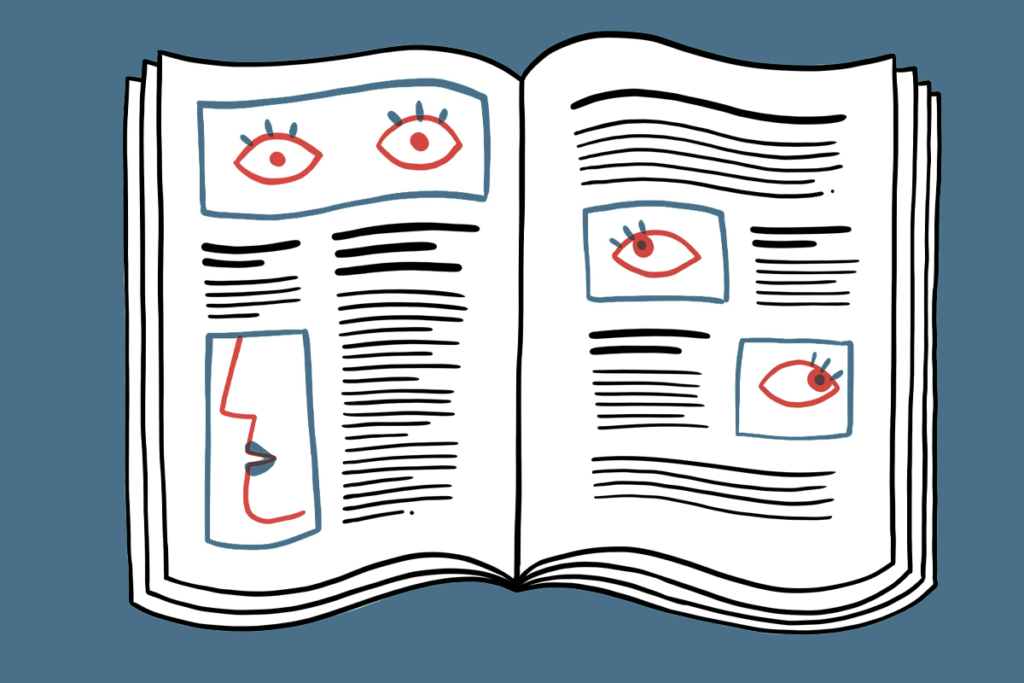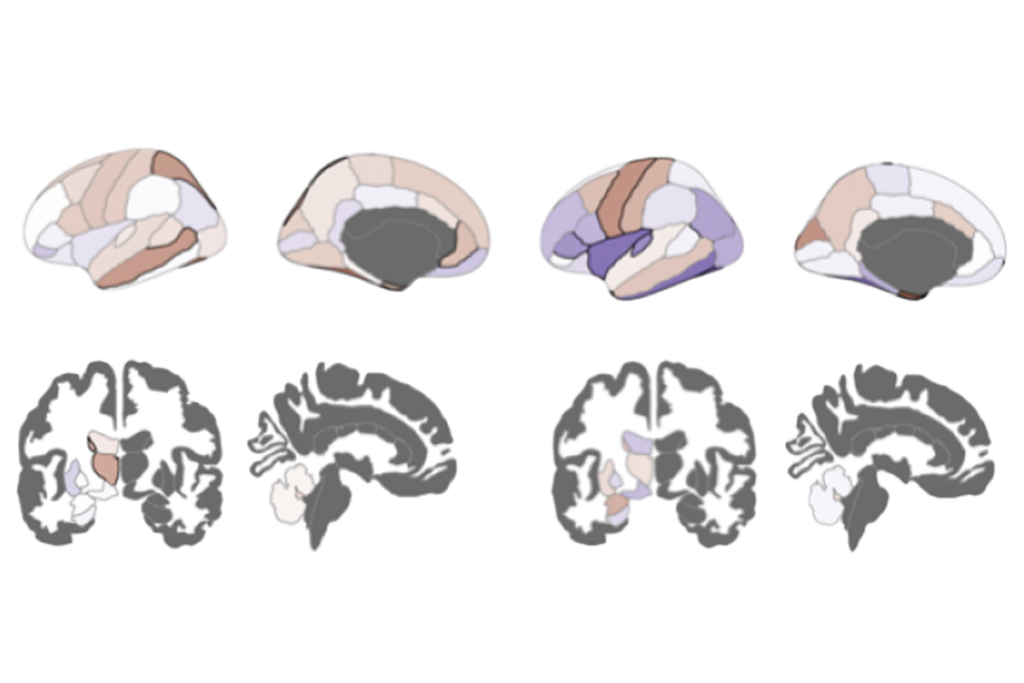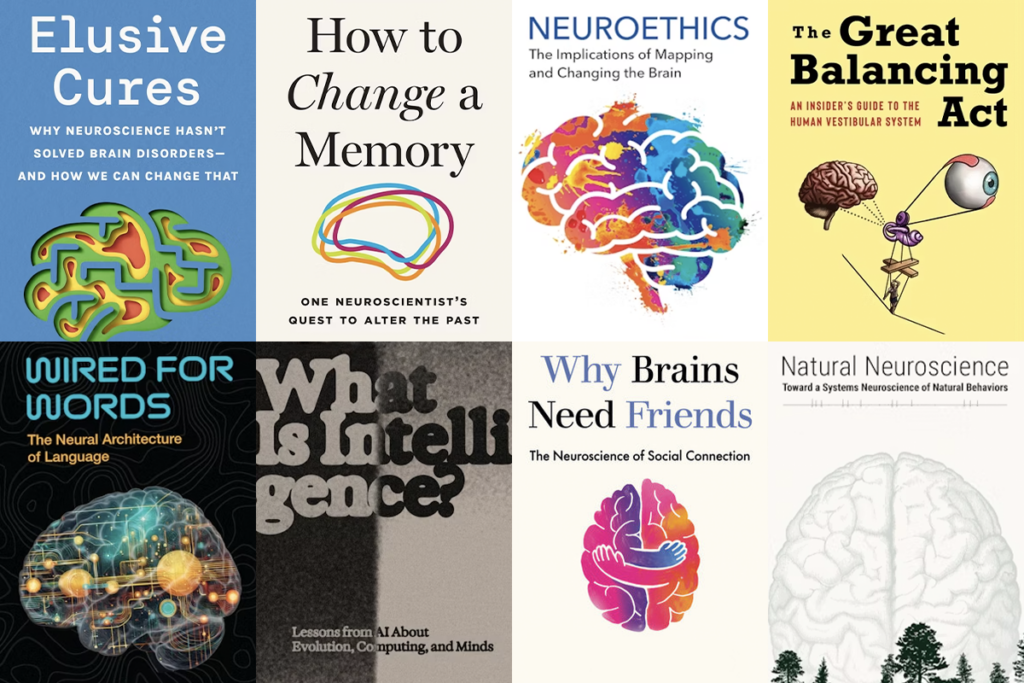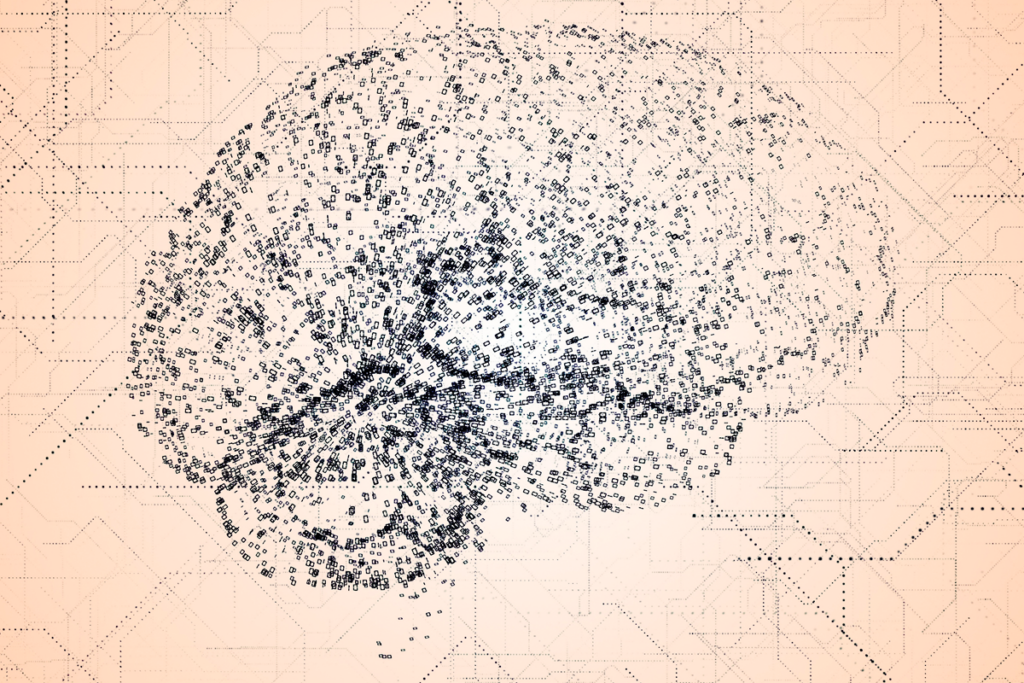Un-identical twins
The first indication that autism has genetic origins came from twin studies. Ditto for schizophrenia and many other diseases.
The first indication that autism has genetic origins came from twin studies. Ditto for schizophrenia and many other diseases.
The idea that monozygotic twins born after a single zygote divides into two embryos are genetically identical has been the defining feature of thousands of studies, including ones that have tried to tease out the different influences of genes and environment.
Apparently, they were all a bit off.
According to a study in this monthʼs issue of the American Journal of Human Genetics, monozygotic twins arenʼt exactly identical.
It turns out that these twins have different copy number variations in which large pieces of DNA are either missing or are present in multiple copies. As weʼve been learning with increasing frequency over the past two years, these copy number variations may be important in diseases such as autism and schizophrenia. Of the 19 pairs in this study, for example, only one twin in each of nine pairs showed signs of Parkinsonʼs disease or dementia.
We already knew that identical twins become gradually less identical as they age and are exposed to different environments, accumulating epigenetic modifications. These are changes in which the genetic sequence itself remains the same, but chemicals that attach to the genes turn them on or off, and in that way alter each twinʼs risk of developing, say, cancer or diabetes.
Itʼs not yet clear whether copy number variations are similarly accumulated over time, or whether they are present at birth or before. And itʼs much too soon to conclude that the variations may be the reason for the dementia seen in one twin but not the other.
Whatʼs perfectly clear, however, is that monozygotic twins arenʼt perfectly identical.
Recommended reading

Altered excitatory circuits in CHD8-deficient mice; and more

Why hype for autism stem cell therapies continues despite dead ends

Structural brain changes in a mouse model of ATR-X syndrome; and more
Explore more from The Transmitter
Xaq Pitkow shares his principles for studying cognition in our imperfect brains and bodies

The Transmitter’s reading list: Six upcoming neuroscience books, plus notable titles in 2025
